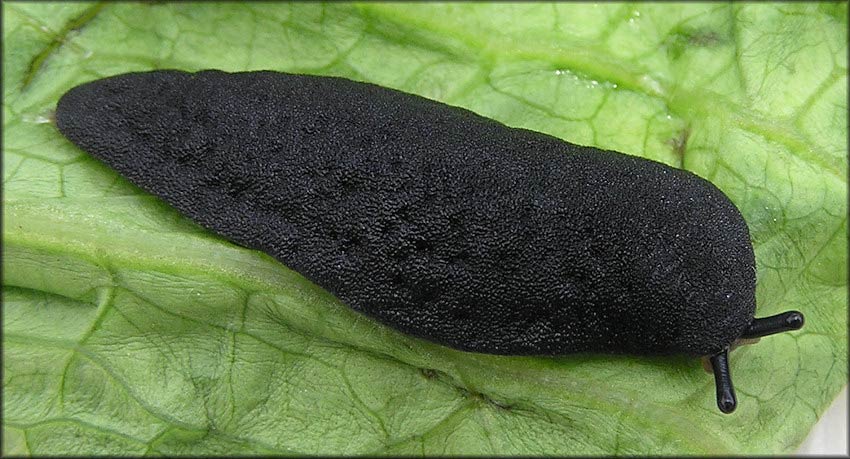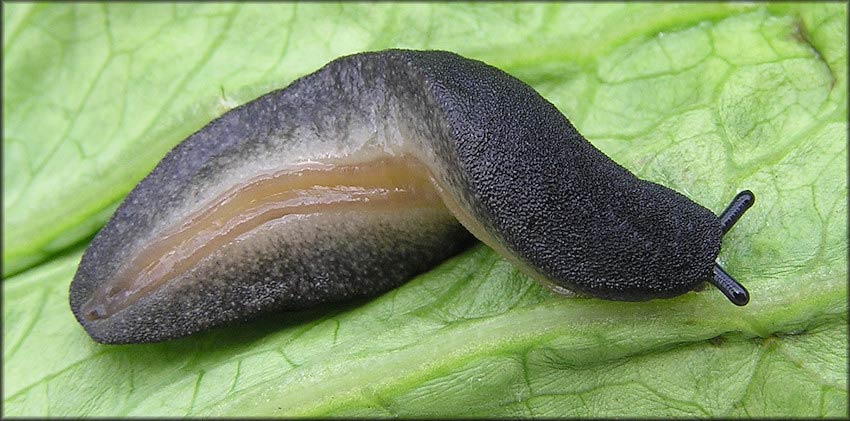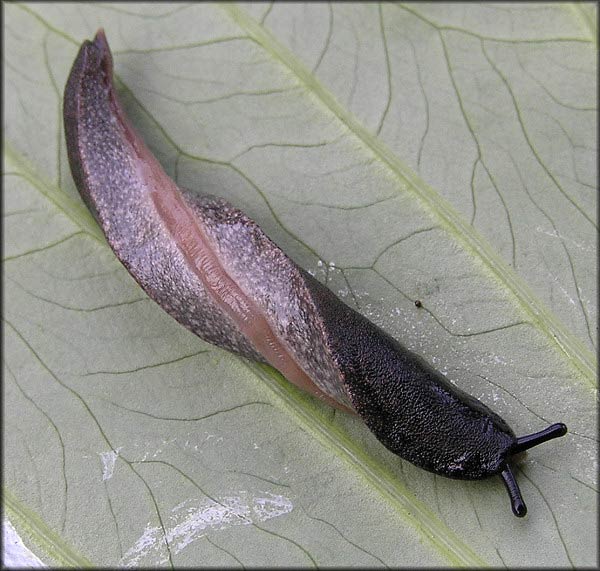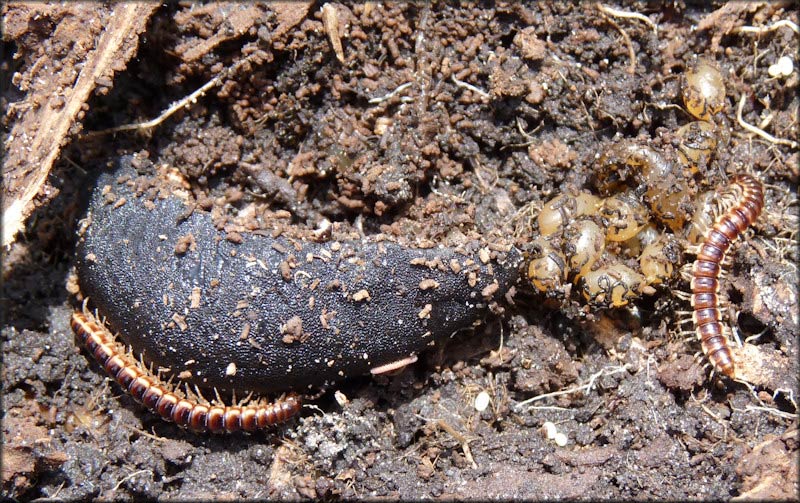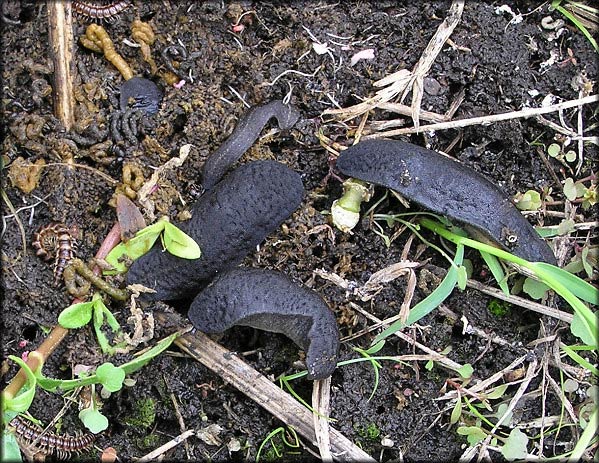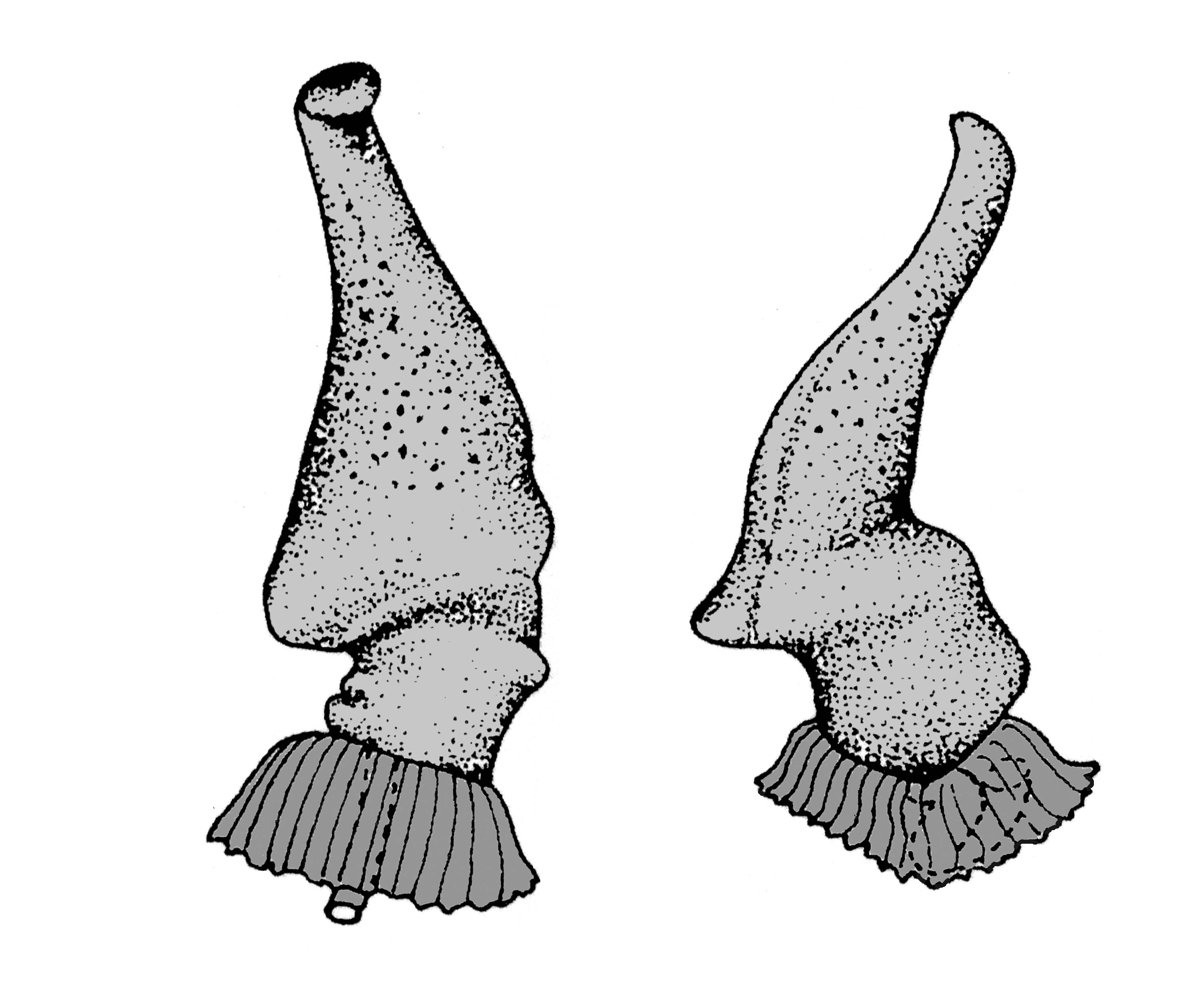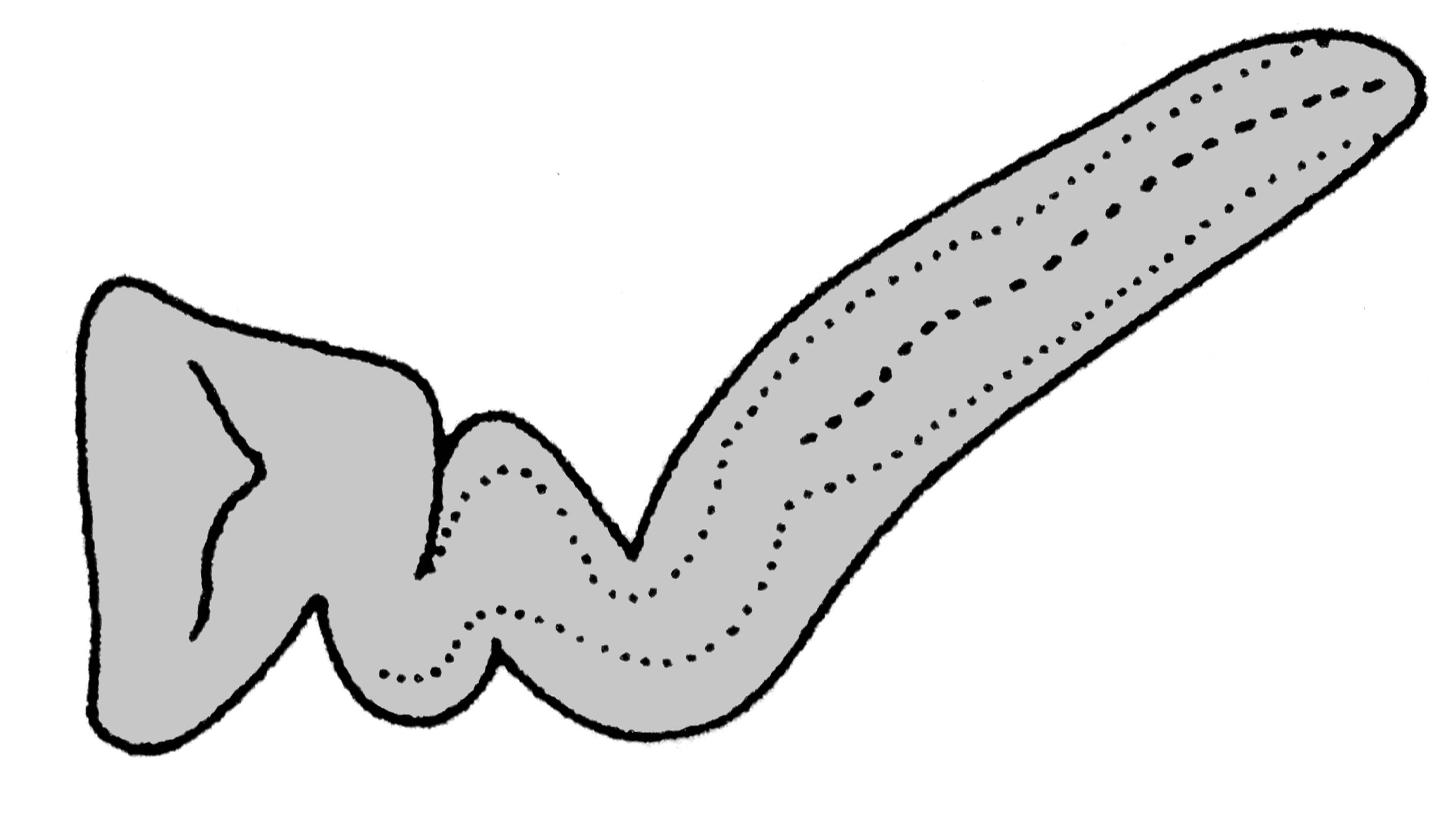Veronicellidae: Belocaulus angustipes
|
Belocaulus angustipes: note wrinkled appearance of mantle. (Photo: © B. Frank, Jacksonville) |
|
Belocaulus angustipes: note black flecks on the ventral of the mantle. (Photo: © B. Frank, Jacksonville) |
|
Belocaulus angustipes: note black flecks on the ventral of the mantle. (Photo: © B. Frank, Jacksonville) |
|
Belocaulus angustipes: note tan median line on mantle. (Photo: © B. Frank, Jacksonville) |
|
Belocaulus angustipes: adult with eggs. (Photo: © B. Frank, Jacksonville) |
|
Belocaulus angustipes. (Photo: © B. Frank, Jacksonville) |
|
Belocaulus angustipes. (Photo: © B. Frank, Jacksonville) |
|
Belocaulus angustipes. (Photo: © B. Frank, Jacksonville) |
|
Belocaulus angustipes: genitalia-penis in two positions. (Photo: © T.W. Thome, modified by K. Weigel, University of Florida) |
|
Belocaulus angustipes: genitalia-penial gland. (Photo: © T.W. Thome, modified by K. Weigel, University of Florida) |
|
Belocaulus angustipes: genitalia-part of the posterior genitalia. (Photo: © T.W. Thome, modified by K. Weigel, University of Florida) |
|
Belocaulus angustipes: genitalia-pedal gland. (Photo: © T.W. Thome, modified by K. Weigel, University of Florida) |
Family
Veronicellidae
Species
Belocaulus angustipes Heynemann, 1885
Common name
Black-velvet leatherleaf, Paraguayan black-velvet leatherleaf
Description
This slugSlug:
A snail that either does not possess a shell or has one that is very reduced (no definite coiling) or internal.
can measure up to 55 mm when fully extended. It is jet black in color with similarly colored tentaclesTentacles:
Sensory projections on the head end of a mollusc. There are generally two pairs; upper (posterior) and smaller, lower (anterior). The upper pair bears the eyes. In many snails the eyes are located at the tips of this structure; however, in Basommatophoran snail species, the eyes are located at the base of the tentacles.
. There is a pale, inconspicuous tan stripe down the center of the back, which may not be visible. The mantleMantle:
A fleshy, membranous covering of the anterior portion of the body of a mollusc. It secretes the materials that form the shell.
extends over the entire length of the body. The dorsal surface of the mantleMantle:
A fleshy, membranous covering of the anterior portion of the body of a mollusc. It secretes the materials that form the shell.
may appear velvety or wrinkled. The pneumostomePneumostome:
This is the breathing hole on the right side of the mantle of molluscs. This allows air to pass through to the lung for gas exchange.(See also breathing pore).
(breathing pore) and anus is located posteriorly. The footFoot:
The muscular organ on the undersurface of the body of a mollusc upon which the animal rests or uses to crawl.
appears tripartiteTripartite:
Having three distinct section/regions.
because the mantleMantle:
A fleshy, membranous covering of the anterior portion of the body of a mollusc. It secretes the materials that form the shell.
of this species has black flecks along the margins.
Native range
South America
Distribution
North America:
- U.S.: Alabama, Florida, Louisiana, Mississippi
South America
Ecology
This nocturnalNocturnal:
Occurring or becoming active at night.
pest species consumes a wide variety of plants. It can inhabit greenhouses, grassy fields and nurseries. It is also known to be an intermediate host for the nematode Angiostrongylus costaricensis, causative agent of the rat lung disease, oesinophilic meningoencephalitis. It is commonly found in St. Augustine grass. This species can live up to 5 years.
Synonyms
- Veronicella ameghini Gambetta
References
Neck 1976; Thome 1989Thome 1989:
Thome, J.W. 1989. Annotated and illustrated preliminary list of the Veronicellidae (Mollusca: Gastropoda) of the Antilles, and Central and North America. Journal of Medical and Applied Malacology. 1: 11-28.; Walls 2009Walls 2009:
Walls, J.G. 2009. Just a plain black slug: Belocaulus angustipes. American Conchologist 37(1): 28-29.

